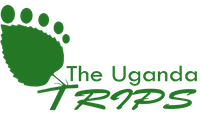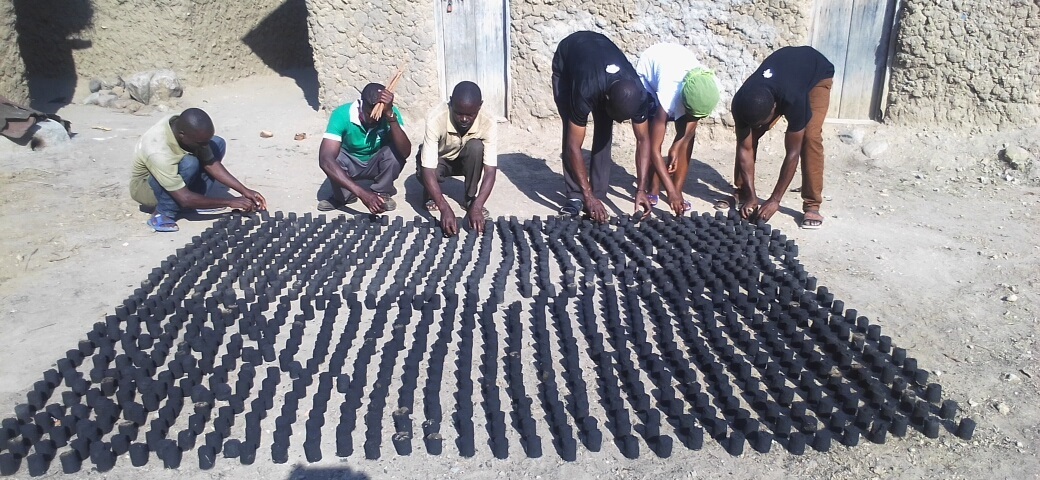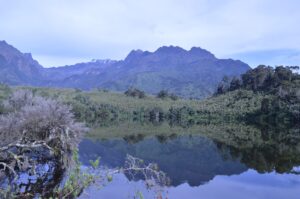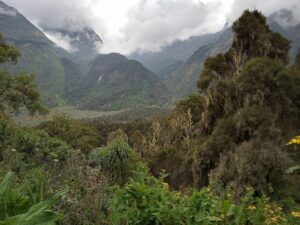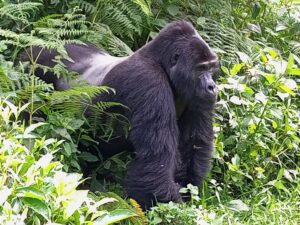The buffer conservation initiative is a locally community-owned project that is engaged in mobilizing and facilitating the local communities neighboring the National Parks, to conserve their own natural resources. Commonly, communities living near the National Parks are excluded due to their location in remote areas, low production from their land due to problem animals, and other unattended climatic or environmental disasters.
Due to poverty in these areas, the social infrastructure is poor, children can’t go to school, and production from land has considerably lowered due to increased populations and the impacts of climate change. Through the buffer conservation initiative, we mobilize local partnerships that bring community resources together for collective conservation and sustainable use. These resources pulled together mainly include land and labor.
Through the initiative, we encourage networking between the communities so that they can exchange knowledge and replicate the best practices or refine the local conservation and community development knowledge. These communities are further supported to attract external partners that help them address the complicated challenges that may require external inputs such as cash, equipment, capacity, modern training, and investment.
To date, the following are the achievements of the buffer zone conservation initiative;
The Rwenzori Mountains National Park buffer conservation project is run in Ruboni Community, where we have secured 105 acres of land as a community conserved reserve. We have planted an estimate of 385000 (20000 in the community reserve and 365000 on household land) on the 1825 acres. The sustainable benefits are immense. Tourists are being guided to the forest reserves. This creates employment for the guides and the accommodation facilities in the area. Besides creating a good cushion to the park ecosystem of high ecological potential, the preserved community forests continue to offer ecosystem services to the community. In the Rwenzori, the activities under the project impact an estimate of over 500 village households
Queen Elizabeth National Park buffer conservation project is run in Kikorongo community, where we have secured 17 acres of land, currently being managed under controlled regeneration and development. the project supports women and youth on skills development. The community is involved in the production of renewable energy briquettes and handicrafts production and is involved in other skills development initiatives. They do waste collection and recycling, climate-smart agriculture, and implementation of tourism activities as an alternative source of income. Besides, the lodge has initiated a tree planting partnership with the communities, running tree nurseries producing seedlings and supplying them to the farmers. Kikorongo buffer conservation project and the offshoot initiatives impact an estimate of 300 village households.
Kibale National Park buffer conservation project is run in Kahondo Community, where we have secured five acres of land. This land touches the national park. It was formally degraded by successive open farming and with part of it planted with Eucalyptus. Farming here tempts wildlife to cross to the gardens, leads children to be stopped from schooling since they have to guard the crops against wildlife through the days, and introduces chemicals and other toxic substances closer to wildlife in the ecosystem of high ecological potential. Through the mobilization stage, the community has planted up to 5000 indigenous trees. This being the youngest of the three projects, not much other than community mobilization has been done. This is partly due to the emergency of covid19 that came when we had just done the initial tree planting activity. We are hopeful that the community will provide more land as we recover from covid19 to resume conservation works in this community.
